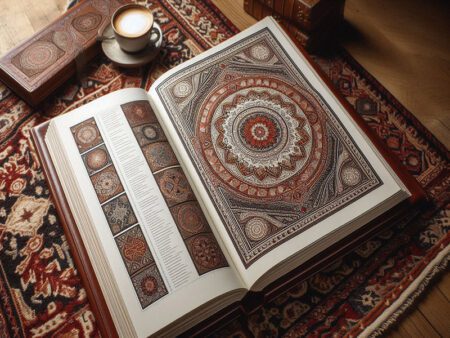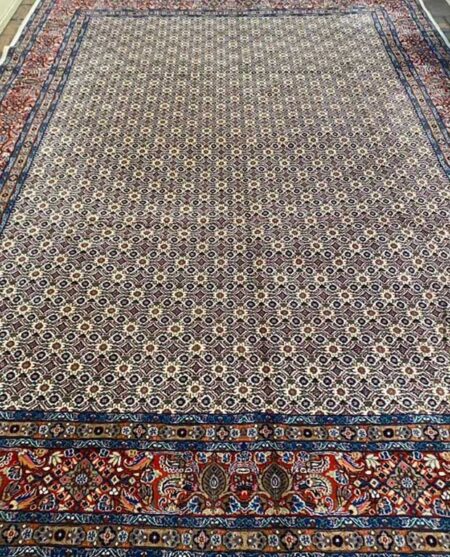
VERNA CARPET – Redesign by Parsineweb





Showing 1–20 of 23 results
The Fish or “Mahi” design is one of the most common motifs used in Iranian carpets, and these symbolic carpets are also called Herati or fish pattern. The history of this design goes back to the Timurid period and to the city of Herat, which was a part of Khorasan at that time. This pattern shows two small fishes that take care of a flower. This design is one of the symbols associated with ancient Iran and some believe that these two fishes are the same two fishes in the Iranian Avesta book and they take care of the lotus flower against the devil.
This design is one of the most valuable and attractive type of carpet weaving in Iran, which is woven in different provinces such as Hamadan, South Khorasan, Arak, West Azerbaijan, and it is also noticed in the world markets. The fish design carpet comes from the repetition of the main character, which is the fish. This design is repeated in the form of rhombuses and patterns are formed around them. In some areas of Iran, such as the village of Maud Birjand, the fish pattern is woven without a rhombus vaghire, but in areas such as Kurdistan and Khoi, the fish rugs have a rhombus vaghire. Mahi or Fish carpets, like other hand-woven Iranian carpets, are made of wool piles and cotton warps, sometimes silk is also used to give them elegance, which makes the flowers stand out.

Moud carpet with Fish design